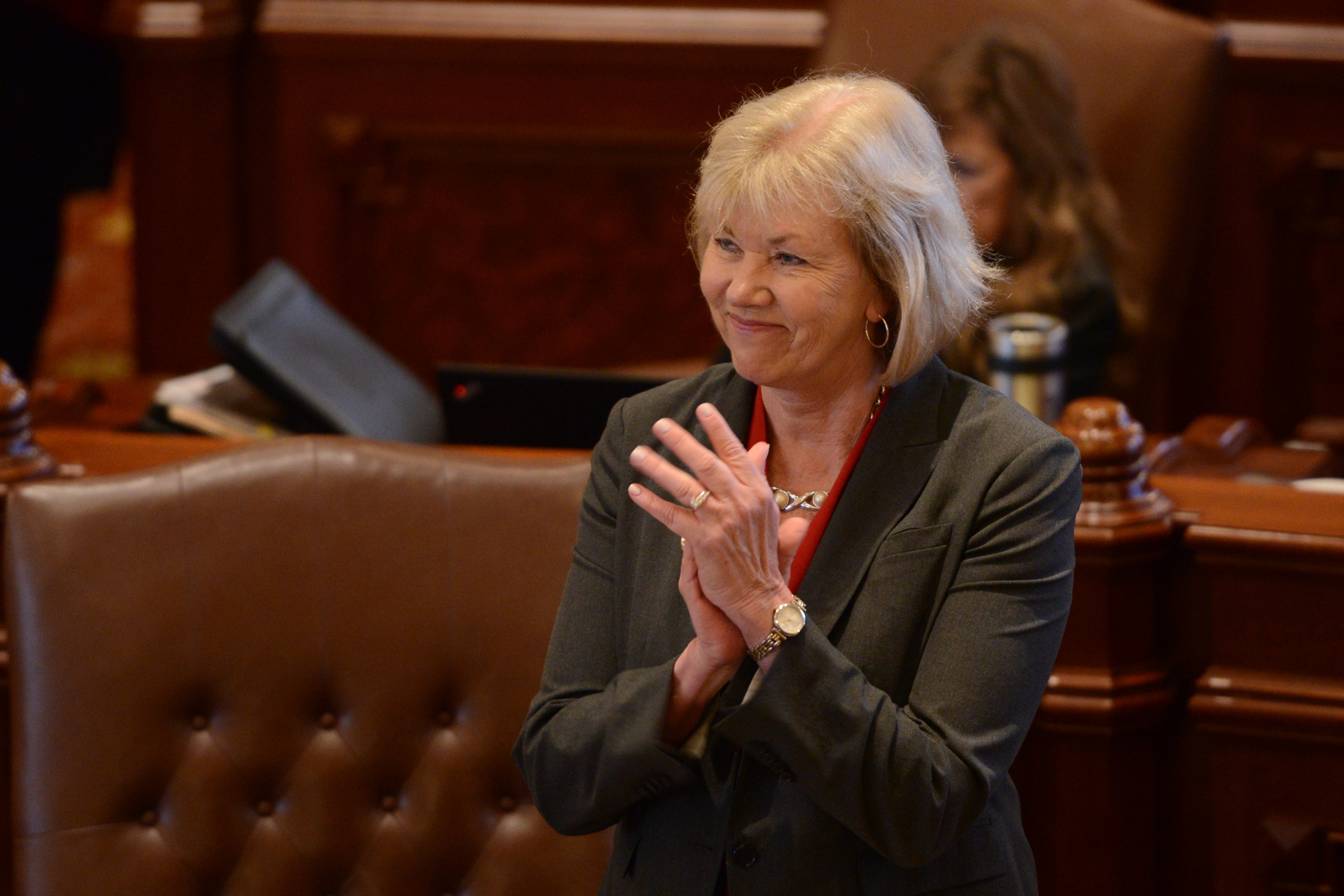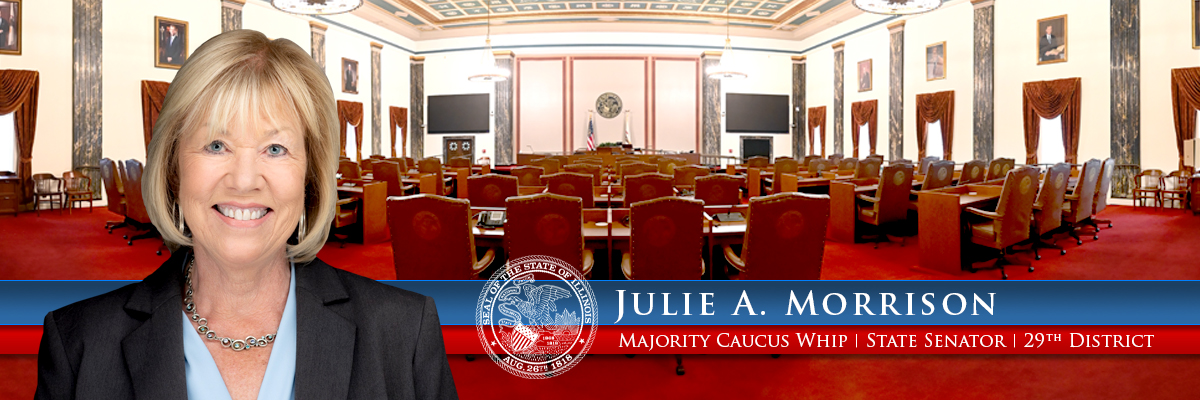SPRINGFIELD — As Illinois’ date to choose the nominees for a new U.S. president at the ballot box was on the horizon, the worry of low voter turnout due to the coronavirus pandemic loomed in the background.
 “Illinoisans had to choose between keeping themselves healthy or casting their vote,” State Senator Julie Morrison (D-Lake Forest) said.
“Illinoisans had to choose between keeping themselves healthy or casting their vote,” State Senator Julie Morrison (D-Lake Forest) said.
That worry turned into a reality Tuesday, after some counties throughout the state saw turnouts 20% lower than during previous presidential primaries. In Sangamon County, the turnout was 22.2% — before counting mail-in ballots — compared to the 43.4% turnout in 2016.
The case was similar in Chicago, where the turnout was only about 35%. Suburban Cook and the collar counties saw the same truncated numbers.
“People simply didn’t want to risk going out and catching the virus,” Morrison said. “Others were willing to take the chance but didn’t know where their polling place was due to last minute changes. We wouldn’t have seen low turnouts if more people could vote from the comfort and safety of their own homes.”
Senator Morrison (D-Lake Forest) will soon file a measure to further expand Illinois’ vote-by-mail program. Illinoisans would have the option to forego traditional polling places and cast their ballot from the comfort of their home. Under the proposal, each registered voter would be mailed a ballot, which would then be returned to the county elections office and counted on Election Day.
However, this does not preclude in-person voting opportunities on and/or before Election Day.
Morrison’s vote-by-mail measure will be based on similar protocols in Oregon, Colorado and Washington state.
Washington — which is home of one of the largest coronavirus outbreaks in the country — held its primary a week before Illinois. Yet, because all its voting is done by mail, people were able to cast their ballot without putting their health and safety in jeopardy.
“The situation we are seeing throughout the country during one of the most important elections to date is further proof it is time for Illinois to expand its vote-by-mail program,” Morrison said. “It adds simplicity to people’s right to vote and will boost turnout numbers.”
According to a 2016 study of Colorado, funded by the Pew Charitable Trusts and published by the National Conference of State Legislators, because of convenience, turnout increases. Statewide turnout in Colorado grew from 51.7% in 2010 to 54.7% in 2014 after implementing vote-by-mail.
The bill will be read into the record when legislators return to Springfield.




